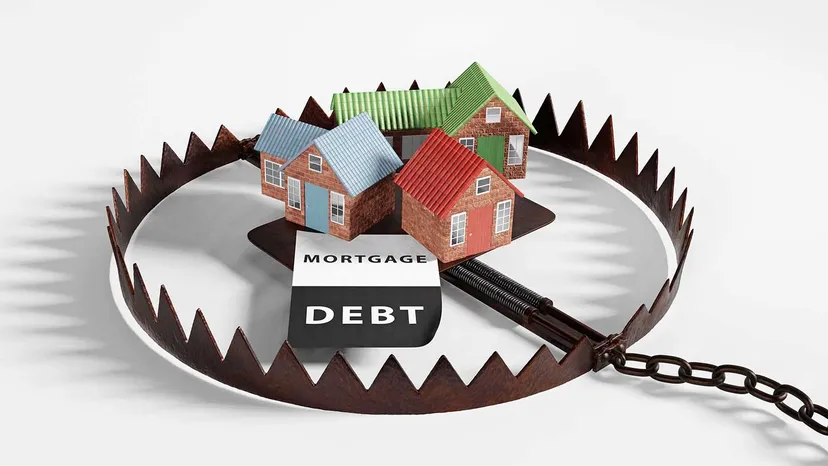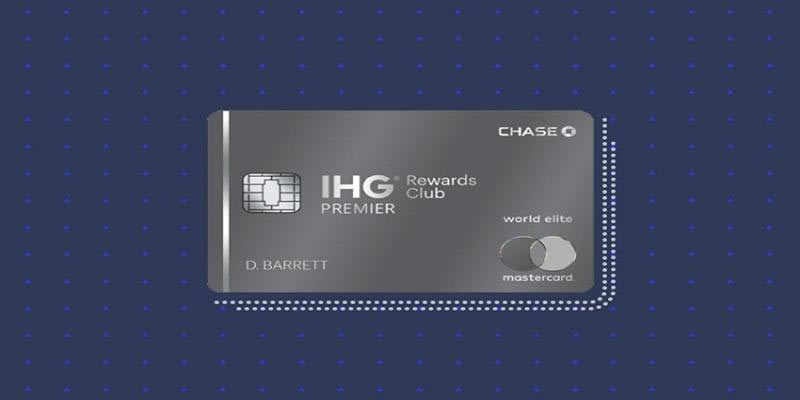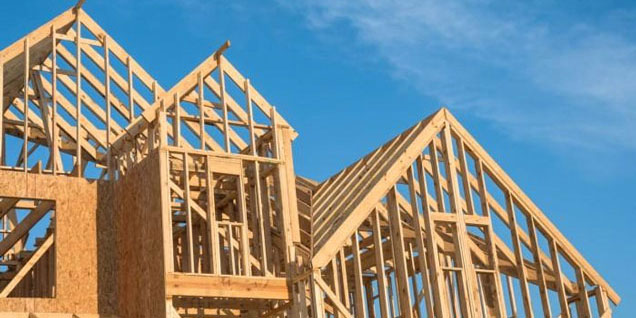What Is a Subprime Mortgage?
Sep 05, 2024 By Kelly Walker
Are you considering a subprime mortgage loan? Although the term "subprime" places a stigma on this type of mortgage, it can be an excellent option for some people who don't qualify for prime mortgages.
In this post, we'll discuss what makes subprime mortgages unique and how they work to help borrowers get financing even with less-than-perfect credit scores or other challenges in their borrowing history.
As you'll learn, there are numerous advantages and potential pitfalls related to taking out one of these loans – knowledge is power, so arm yourself with info before pursuing any financial decision! Read on to dive deeper into understanding what a subprime mortgage is so you can make an informed choice.
Defining a subprime mortgage
A subprime mortgage is a loan offered to borrowers with lower credit scores or other challenges in their borrowing history. This can be due to bankruptcies, bad credit, late payments, high debt-to-income ratio, etc.
These loans typically come with higher interest rates than prime mortgages because lenders believe borrowers are more likely to default. The loan terms, such as shorter repayment periods and higher fees, may also be less favorable.
How do subprime mortgages work?
Subprime mortgages are structured differently than prime mortgages. Borrowers with less-than-perfect credit may be offered a higher interest rate and shorter repayment terms, such as 3 to 5 years, instead of the standard 30-year fixed mortgage.
Additionally, some lenders require larger down payments for subprime borrowers to reduce their risk. This can be beneficial because it allows borrowers to build equity in the home more quickly, but it also means that they may have to save up for a longer period before purchasing a home.
In addition to the standard mortgage process, subprime lenders will often require additional paperwork and verification of income or assets. This ensures the borrower can make the payments on time and in full.
Types of Subprime Mortgages
Subprime mortgages are typically offered in several forms, depending on the borrower's needs. This includes adjustable-rate mortgages (ARM) and interest-only loans. An ARM loan is one where the interest rate can change over time, meaning the payments could go up or down.
On the other hand, an interest-only loan is one where the borrower pays only the interest portion of their payments for a set period, usually five years. This can be helpful for borrowers who are just starting and need to conserve their cash flow.
Advantages of a subprime mortgage loan
1. Easier Approval: Subprime loans are geared toward borrowers needing help getting approved for a prime loan. This can provide access to financing for many people who otherwise would not be able to get it.
2. Flexible Terms: Because they come with higher interest rates, subprime mortgage lenders often offer more flexible terms than prime mortgage lenders. This can include longer repayment periods and lower fees to make the loan more affordable in the long run.
Potential Pitfalls of Subprime Mortgages
1. Higher Interest Rates: While the higher interest rates associated with subprime mortgages may make them easier to qualify for, they can also make them more expensive in the long run.
2. Risk of Foreclosure: Subprime mortgages have a higher risk of foreclosure due to higher interest rates and less favorable terms.
Borrowers should take extra caution when considering taking out one of these loans so that they are financially prepared for the potential risks involved.
Who are subprime mortgages best suited for
Subprime mortgages are best suited for borrowers who have lower credit scores, higher debt-to-income ratios, or who have been through bankruptcy or foreclosure.
Borrowers with these challenges often don't qualify for prime loans and may need help to purchase the home they want. Subprime loans can open up access to financing for these individuals and help them reach their homeownership goals.
It's important to note that subprime mortgages are not just reserved for people with bad credit scores or other "blemishes" on their borrowing history. Even those with good credit can benefit from a subprime mortgage if the rate is lower than what they would get from a prime loan.
What to consider when getting a subprime mortgage:
Taking out a subprime mortgage loan can be an excellent way for people with less-than-perfect credit scores to get financing, but there are some key things that you should consider before taking this route.
First, understand the risks associated with taking out a subprime loan. These loans usually come with higher interest rates than prime mortgages, and they can be more difficult to refinance.
Additionally, subprime borrowers are often subject to loan terms that can put them at risk of defaulting on their mortgage, such as higher fees and prepayment penalties.
Understanding the advantages of taking out a subprime loan is also important. Subprime loans provide access to financing that may only be available to those with higher credit scores.
They also typically have more flexible guidelines for easier qualification than traditional mortgages.
Finally, some subprime lenders offer specialized products specifically tailored to the needs of borrowers who don't qualify for traditional mortgages.
Subprime Mortgages vs. Prime Mortgages
A prime mortgage is a loan offered to the most creditworthy borrowers with favorable terms. In contrast, a subprime mortgage is offered to borrowers with an elevated risk of default on their loan and carries higher interest rates and fees.
Subprime mortgages are also typically non-conforming loans and do not meet the guidelines established by Fannie Mae and Freddie Mac.
Borrowers must have a credit score of less than 650 and provide documentation demonstrating their ability to repay the loan in order to qualify for a subprime mortgage. Borrowers with low credit scores frequently struggle to qualify for prime mortgages, so they opt for subprime loans.
It's important to note that while subprime mortgages can benefit those who don't qualify for prime loans, they also come with higher interest rates and fees. Borrowers should weigh the pros and cons of these loans before signing on the dotted line.
FAQs
What is an example of a subprime loan?
A subprime loan is a type of loan that's offered to borrowers with less-than-perfect credit scores or who have needed help with obtaining financing in the past due to their credit history.
It usually carries higher interest rates than a prime loan, as the lender takes on greater risks.
What are subprime mortgages called now?
Subprime mortgages are now referred to as non-prime or near-prime mortgages. Despite their imperfect credit history, these loans allow borrowers with less-than-perfect credit scores to qualify for a mortgage.
Why were subprime mortgages bad?
Subprime mortgages can be risky. Because they come with higher interest rates and more lenient lending criteria, they can be difficult to repay.
Additionally, repairing their credit can be challenging if the borrower defaults on a subprime loan.
Conclusion
Subprime mortgages can be a great way to get financing when you don't have a prime credit score. However, it's important to understand the potential pitfalls associated with these loans before pursuing one.
Be sure to research your options carefully and find a lender who will provide you with good terms and an affordable interest rate. With the right knowledge, you can decide which type of mortgage is best for your financial situation.

How Do I Report SIMPLE IRA Contributions on a W-2?

All About Personal Finances Products

IHG® Rewards Club Premier Credit Card Review

How To Pay Taxes If You're Overseas

What Qualifies a Company as Blue Chip?

Personal Loans vs. Car Loans: Which is Right for You?

How to Start Trading Early

Nelnet Student Loan Servicing Review

How Home Construction Loans Work

